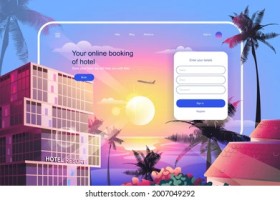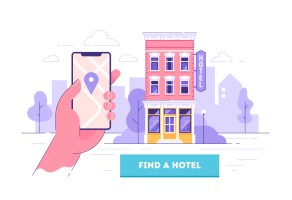
Travel Application Development
Application development refers to the process of creating software
applications for various platforms, such as desktop computers, mobile devices,
and web browsers. It involves designing, coding, testing, and deploying
software programs that serve specific purposes or solve particular problems.
Application development can range from simple mobile apps to complex
enterprise-level software solutions. Here are some key steps and concepts
involved in application development:
1. Idea and
Planning:
- Define the purpose and
goals of the application.
- Identify the target
audience and their needs.
- Plan the features,
functionality, and user interface of the application.
- Create a project
roadmap and timeline.
2. Design:
- Design the user
interface (UI) and user experience (UX) of the application.
- Create wireframes,
mockups, and prototypes to visualize the application's appearance and
interactions.
- Decide on the overall
visual style, colors, typography, and branding.
3. Development:
- Write the code for the
application using programming languages such as Java, Python, Swift, Kotlin,
JavaScript, etc.
- Implement the planned
features and functionality based on the design.
- Use frameworks,
libraries, and tools to expedite development and ensure best practices.
4. Testing:
- Perform various types
of testing, including unit testing, integration testing, and user acceptance
testing.
- Identify and fix bugs,
glitches, and performance issues.
- Ensure that the application works smoothly
on different devices and platforms.
5. Deployment:
- Prepare the application
for deployment to the chosen platform(s), such as app stores, web servers, or
enterprise environments.
- Configure necessary
server infrastructure, databases, and hosting services.
- Release the application
to users, either through app stores or web deployment.
6. Maintenance
and Updates:
- Monitor the
application's performance, user feedback, and usage patterns.
- Provide regular updates
to improve features, fix bugs, and enhance security.
- Adapt the application
to changes in technology, operating systems, and user requirements.
7. Security and
Privacy:
- Implement security
measures to protect user data and prevent unauthorized access.
- Follow best practices
for securing user information and communication.
- Comply with relevant
data protection regulations and privacy standards.
8. Documentation:
- Create user
documentation and guides to help users navigate and use the application.
- Maintain developer
documentation for future reference and collaboration.
9. Support:
- Offer customer support
to assist users with any issues or questions related to the application.
- Address user feedback
and incorporate suggestions for improvement.
Application development can follow various methodologies, such as
Waterfall, Agile, Scrum, and DevOps, depending on the project's complexity,
size, and requirements. Each methodology has its own approach to project
management, development cycles, and collaboration between team members.





















